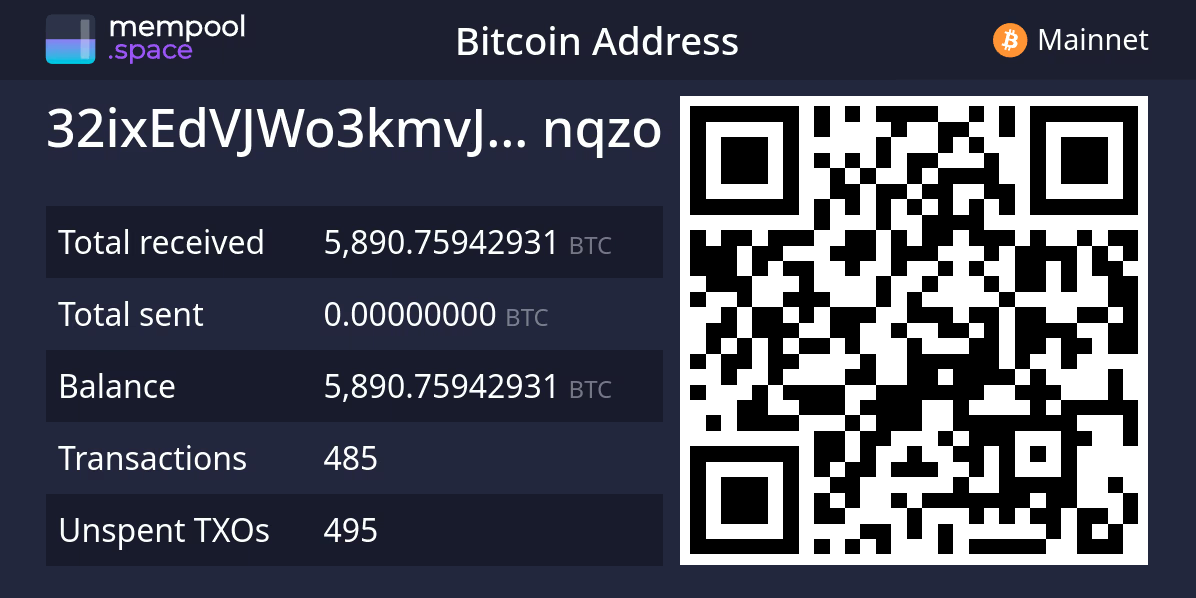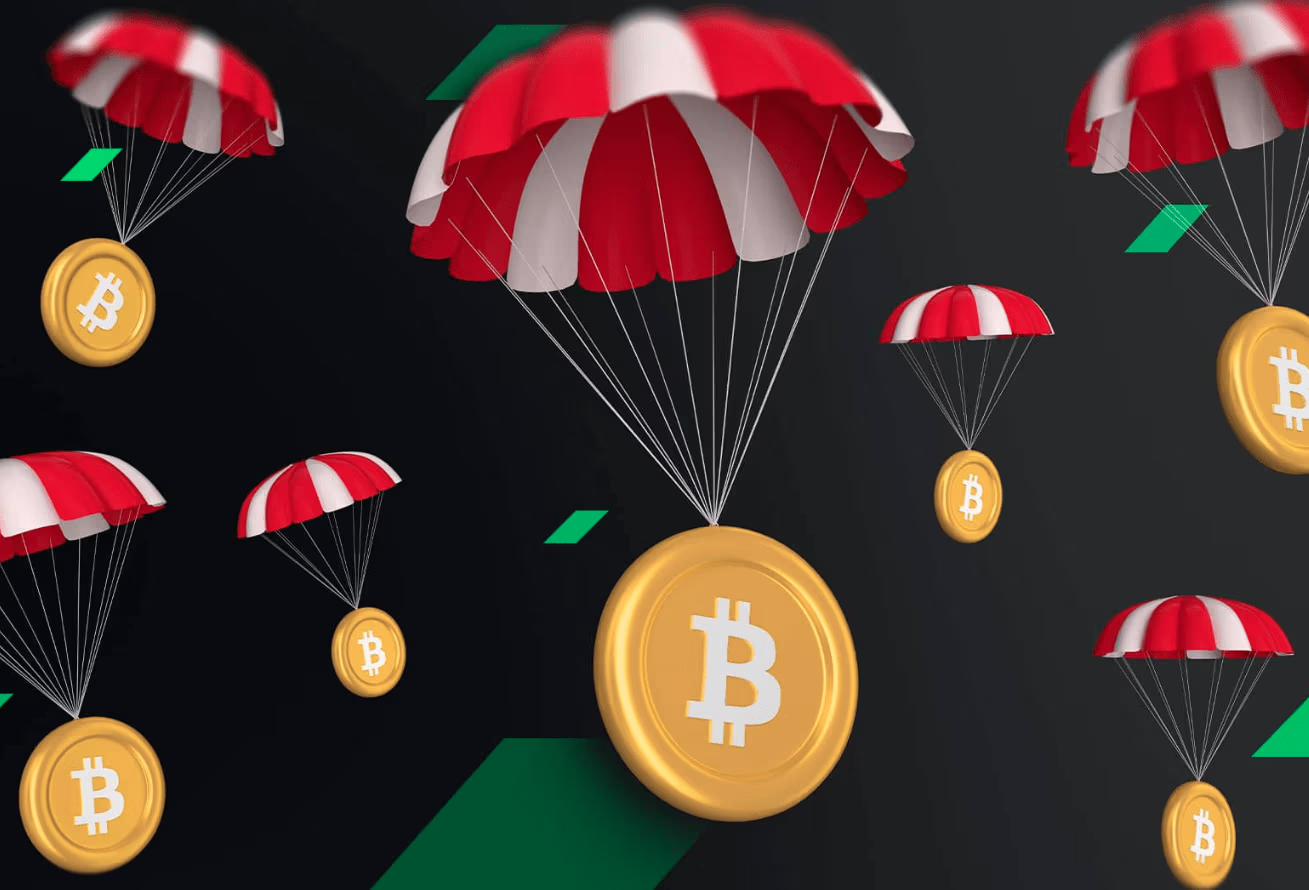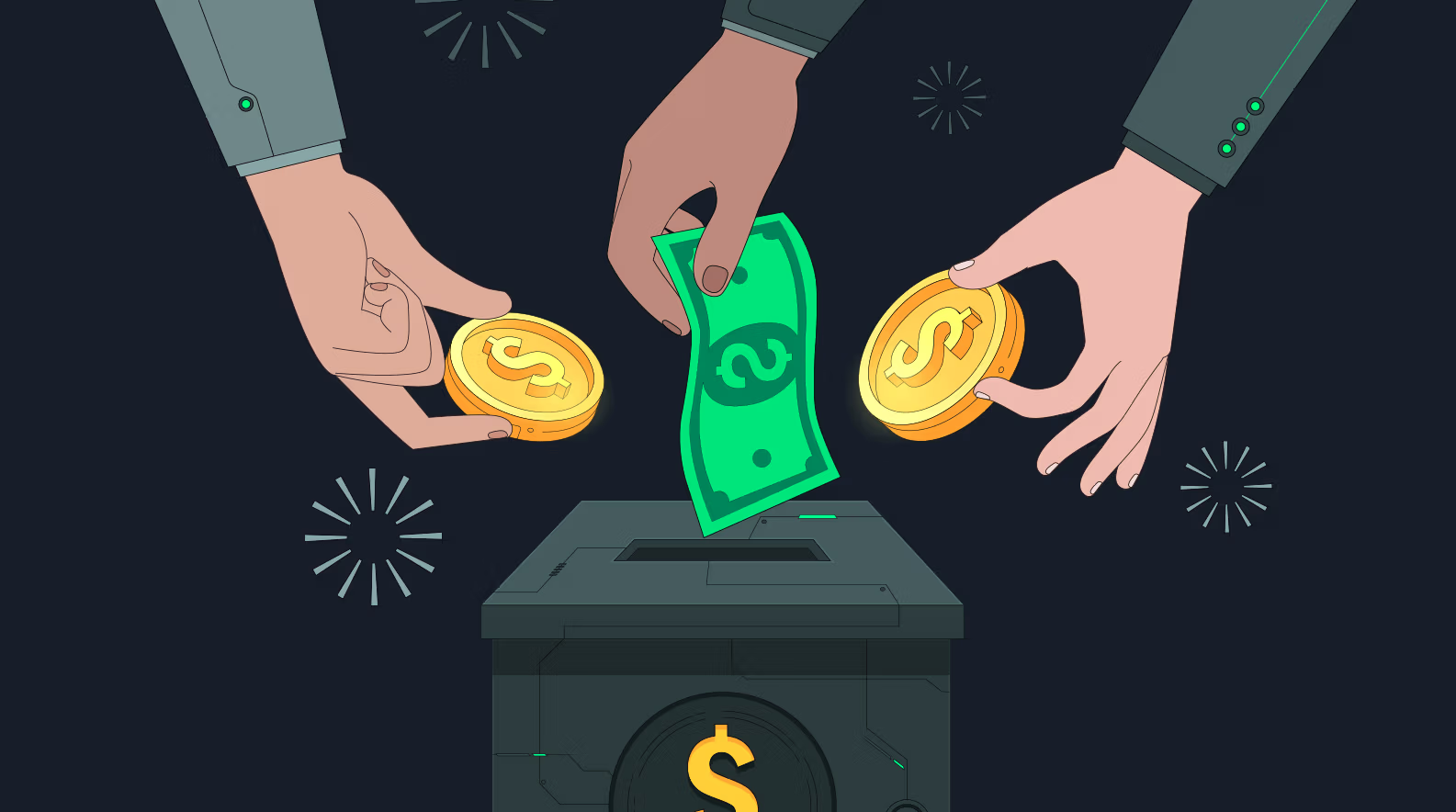
In the ever-evolving realm of cryptocurrency, understanding the intricacies of a wallet address is paramount. These alphanumeric strings serve as the digital coordinates for sending and receiving crypto assets, akin to how an email address facilitates electronic correspondence.
Grasping the nuances of wallet addresses not only enhances your crypto transactions but also fortifies the security of your digital holdings.
What Is a Wallet Address?
A wallet address is a unique combination of characters used to receive cryptocurrency, similar to an email address but for crypto transactions.
This identifier is essential for transferring tokens or coins from one user to another.
Advertisement
Join Gemini today and get $15 in free Bitcoin when you trade with an easy, secure and U.S.-regulated crypto exchange you can trust. Offer valid for U.S. residents only; crypto investments are risky.
The Anatomy of a Wallet Address
Crypto wallet addresses are derived from public keys through cryptographic algorithms, ensuring both uniqueness and security. While the exact format varies across different cryptocurrencies, most addresses are composed of a string of alphanumeric characters.
Example:
- Bitcoin Address: 1A1zP1eP5QGefi2DMPTfTL5SLmv7DivfNa
- Ethereum Address: 0x32Be343B94f860124dC4fEe278FDCBD38C102D88
These addresses are case-sensitive and must be entered accurately to ensure successful transactions.
Public vs. Private Keys: The Dual-Key System
Cryptocurrencies employ a dual-key system comprising public and private keys, each serving distinct functions:
- Public Key: Derived from your wallet address, it functions like a bank account number and can be shared freely with others.
- Private Key: Used to access your cryptocurrency and authorize transactions, it should never be shared, as it grants access to your crypto wallet and its holdings.
This system ensures that while anyone can send funds to your public address, only you can access and manage those funds using your private key.
Generating a Wallet Address
Creating a wallet address is a straightforward process:
- Choose a Wallet: Select a trustworthy cryptocurrency wallet app or hardware wallet.
- Set Up the Wallet: Follow the setup instructions, which usually involve creating a new wallet.
- Generate the Address: After setting up your wallet, it will automatically generate a wallet address for you.
For increased privacy, you can create multiple addresses within the same wallet.
Finding Your Wallet Address
To locate your wallet address:
- Access Your Wallet: Log in to your wallet.
- Select the Network: Choose the network you want to receive crypto on, such as Ethereum.
- Initiate a Receive Transaction: Find the option labeled “receive” and select it.
- Copy the Address: Your wallet address should now appear so you can copy it; some wallets also offer a QR code to make this easier.
Remember, if your exchange or wallet supports multiple blockchains, you will have a different wallet address for each one. Ensure you select the correct wallet address for your transaction.
Ensuring Wallet Address Security
While wallet addresses are designed for public sharing, it’s crucial to maintain their security:
- Verify Addresses: Always double-check the address before initiating a transaction to prevent errors.
- Use QR Codes: When possible, utilize QR codes to minimize manual entry mistakes.
- Beware of Phishing: Be cautious of unsolicited requests for your wallet address or private key.
By adhering to these practices, you can safeguard your crypto assets and ensure seamless transactions.
Conclusion
Understanding wallet addresses is fundamental to navigating the cryptocurrency landscape. These unique identifiers facilitate the secure transfer of digital assets, embodying the blend of transparency and privacy inherent in blockchain technology. By comprehending their structure and function, you empower yourself to engage confidently in the crypto world.





